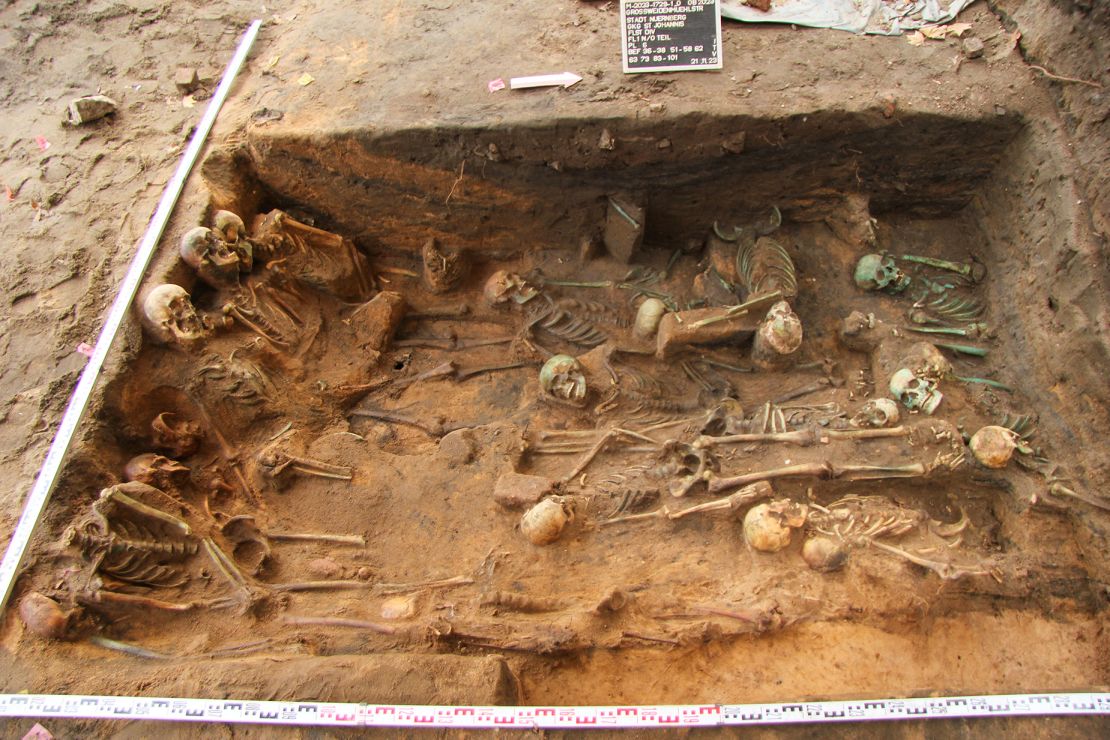Archaeologists digging in the graveyard of the Abbey of St Peter in Lucca, Italy, have discovered a mass grave that contains evidence of an ancient cholera outbreak. The researchers hope the DNA evidence may give clues about the spread of deadly epidemics and how diseases evolve over time.

The Abbey of St. Peter was situated along an early pilgrimage route, and was a congregational point for knights, clerics, monks and peasants. The researchers have been undertaking a three-year excavation project to compare fossils and genes from a variety of social classes and time periods to build a picture of how people lived and died in Middle Age Europe, and beyond. In particular, they are concerned with why the bacterial strain for bubonic plague is much less virulent today than it was centuries ago, and how diseases evolve over time.
One of the key findings involved the discovery of a large trench, displaying layers of bodies which appear to have been hastily tossed into a pit and covered with lime – lime was used to help speed up the decomposition of the bodies and to prevent the spread of epidemics.
One skeleton was found clutching a cross, while another had a twisted spine from scoliosis. The archaeologists also uncovered an older woman, as shown by her frail bones and worn teeth. Beneath her skull, they found a single, golden hoop hearing. All had been buried in shrouds and were lying in unusual positions showing that little care was taken in burying them.

Unlike some of the other bodies uncovered in the surrounds of the Abbey of St Peters, which dated back nearly 1000 years, the gold earring revealed that the bodies in the trench were not nearly as old. In fact, they were dated to the mid-1880s – too late to be victims of the Black Death.
An analysis of the soil and some of the teeth revealed precisely the reason why the bodies had been hastily tossed in the large grave – cholera. In 1855, this terrible diarrheal disease, transmitted by the waterborne bacterium Vibrio cholerae, swept through Italy, part of a worldwide pandemic.
Such a discovery is incredibly important as tracing the evolution of cholera is still urgent today. Like other pathogens, cholera keeps evolving into new forms, and continues to erupt into pandemics. Approximately 100,000 people die every year of cholera. If researchers can trace the bacterium’s evolutionary history, they might be able to identify the key mutations that trigger virulence or adaptation to different habitats, for example. This could help them design better medicines.